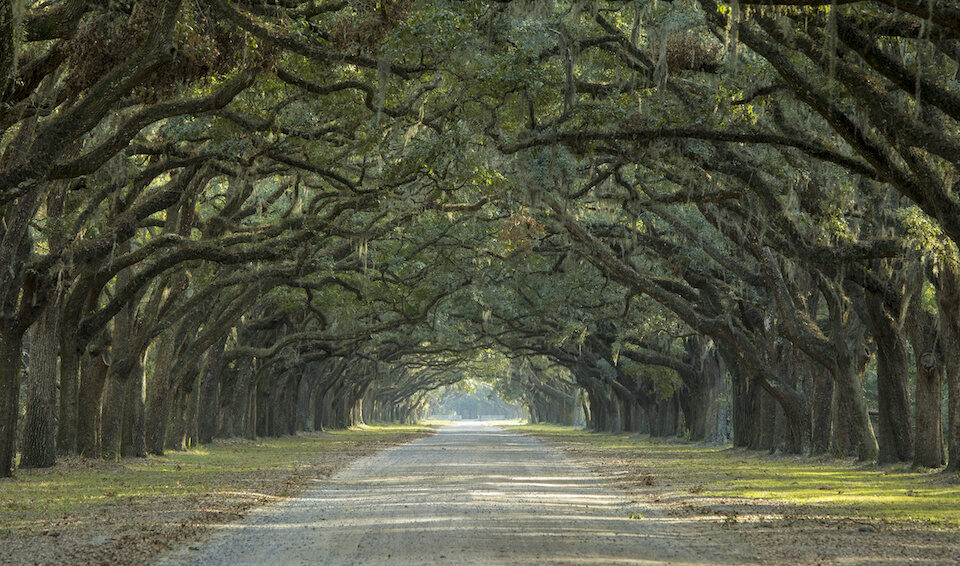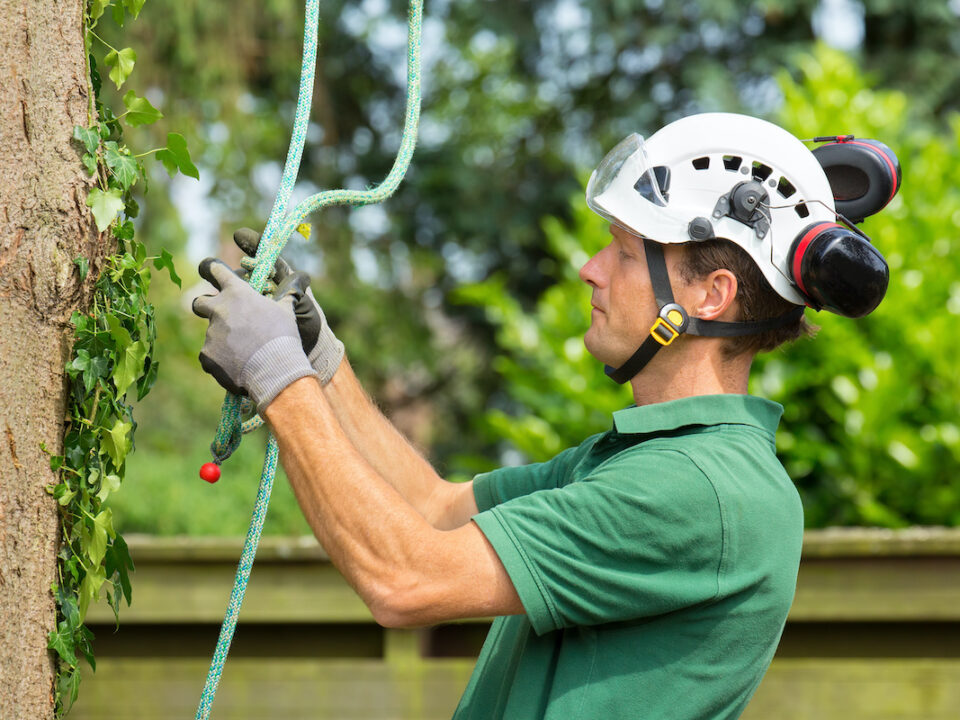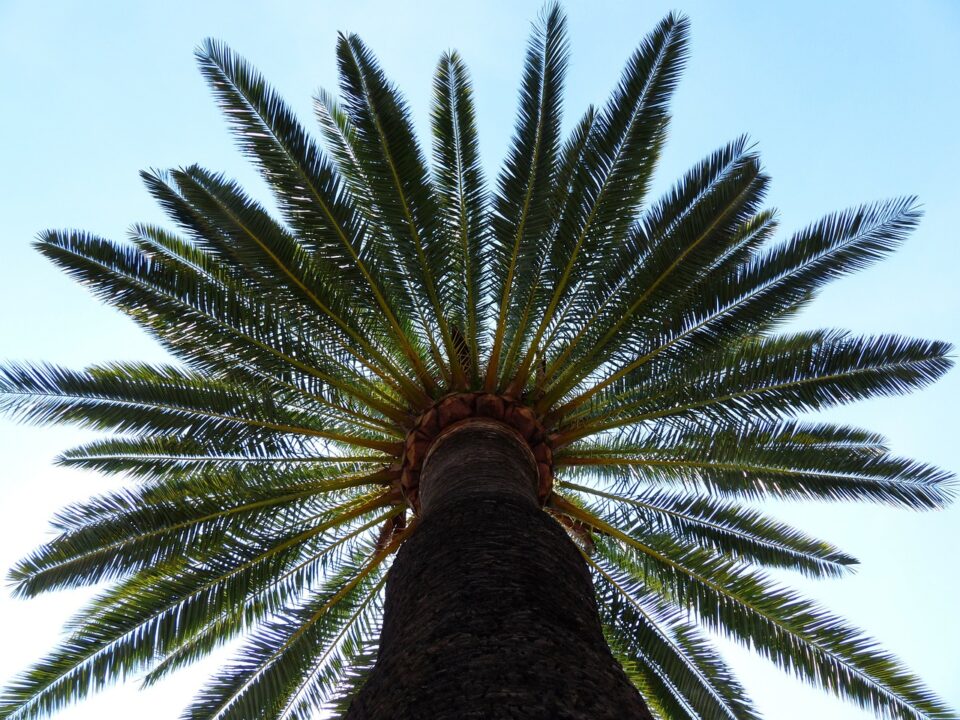Is My Tree Diseased or Dead?
Trees not only add beauty to the landscape, but they also provide essential services including shelter for animals; production of oxygen; shade from the heat; and food for people and animals alike. Many human dwellings are built from wood, as are furnishings, cabinets, and paper. Trees can live for hundreds of years, but they do sometimes develop diseases and die. When there is a diseased or dead tree near your home or elsewhere on your property, it can quickly become a health and safety issue for anyone nearby. Learning how to identify a diseased or dead tree allows you to take action before disaster strikes.
Types of Tree Diseases
There are many different diseases that can affect trees. From parasitic diseases to fungi, every type of tree is susceptible to at least one disease. Some of the most common diseases that sicken trees include:
- Anthracnose. This is a fungal disease that affects tree species including American sycamores, white oaks, dogwoods, sugar maples and black walnuts. Symptoms include leaf blight and dead leaves. Repeated episodes can make a tree lose all of its leaves and become susceptible to other diseases.
- Root decay. This can be difficult to detect. Tree roots are usually well below the ground, but symptoms can include broken roots and fungal growth around the roots and trunk. Rotted roots result in insufficent structural support, and can cause the tree to fall over or be easily blown over in a wind storm.
- Chestnut blight fungus. This disease is specific to the famous American chestnut tree. It’s a fungal disease that makes cankers in the tree’s bark.
- Damage can also occur to a tree as a result of an insect infestation from cicaidas, carpenter ants, or termites; woodpecker damage; and damage from animals like squirrels or raccoons that excavate the tree for living quarters.
How to Identify a Dead Tree
When a tree is dead, it will exhibit at least one of the following symptoms:
- Deep cracks through the bark.
- Fungal growth on the tree.
- Dead branches that easily break off the trunk.
- Crumbling wood.
- Leaning of the trunk or pulling up of the roots.
What to Do About a Dead or Diseased Tree
At the first sign of a tree disease, it’s best to contact a professional. At Warner Tree Services, we serve Dunedin, FL, and the surrounding area. We are trained to identify and treat tree problems. If the tree has died or is at imminent risk of dying, our tree removal services are just what you need for safety and the health of nearby trees.
Proper tree care not only boosts property value, but it also ensures your safety and that of your visitors. Give us at Warner Tree Service a call today for expert tree removal and care.



